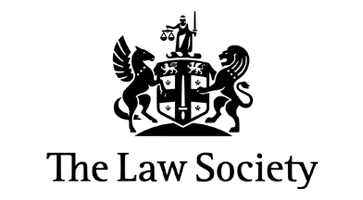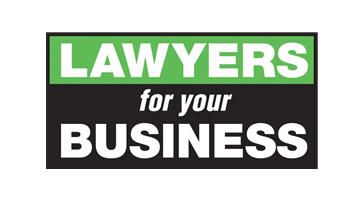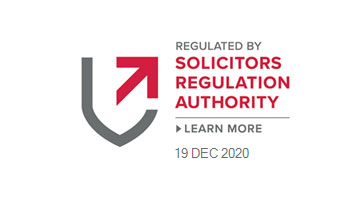For a lease to be legally effective it must set out precisely the area given to the tenant, known as the demise. The property is often referred to as the demised premises as a result. If the demise is unclear then the lease may be invalid or may be considered a licence instead, which is a more informal arrangement, with less protection and certainty for both sides.
Therefore, before entering any lease agreement, it’s essential that the parties are aware of exactly what is, and isn’t, included in the subjects of the letting. Taking time to properly identify the property and whether fixtures belong to the landlord, or the tenant can prevent issues from arising when interpreting other relevant parts of the lease.
The physical extent of the property impacts on other important elements in a lease, including the repair obligations of the parties, rent reviews, alterations and the service charge. The definition of the property will therefore be looked at closely by surveyors when dealing with these other matters.
There are three main options:
- The tenant leases the whole of the property owned by the landlord including the structure. In this case, a reference to the property title is usually enough to identify the subjects.
- The tenant leases solely the internal elements of the property with the landlord retaining control and responsibility for common parts including the external walls, roof, foundation, the solum, the malls, lifts, escalators, stairs, service area, and parking areas. This limits the tenant’s responsibility for repairs to internal parts of the property only. The landlord will be responsible for any repairs to the larger property and common parts, with the costs recovered from all the tenants of lettable units in the larger building/estate via a service charge. Permitted alterations will normally be limited to internal, non-structural alterations only.
- The tenant leases property which includes the roof and external walls of the unit, but the landlord holds areas such as car parks, access roads, and landscaped areas with those costs being recovered through the service charge.
The use of a plan to identify the location and extent of the property is always recommended and, in some cases, necessary particularly if the lease will be registered in the Land Register and is over 20 years.
It is advisable that the parties also take the time to identify the additional rights they will need during the lease. The tenant will need rights in respect of the use of the common parts and to other parts of the development. Consideration should be given to matters such as rights and times of access; rights to exhibit signage on communal areas; rights to gain access for repairs; and rights to install air conditioning on common parts. The landlord will need to reserve rights over the property let to ensure they can manage their larger property. This can include rights to carry out communal repairs, inspect the leased property, extend their development, and alter the access road or other common parts.
If you require advice on your rights or need a solicitor to draft your lease, then call us today on 0121 268 3208 or send us an email at info@onyxsolicitors.com with your query and we will get back to you.





